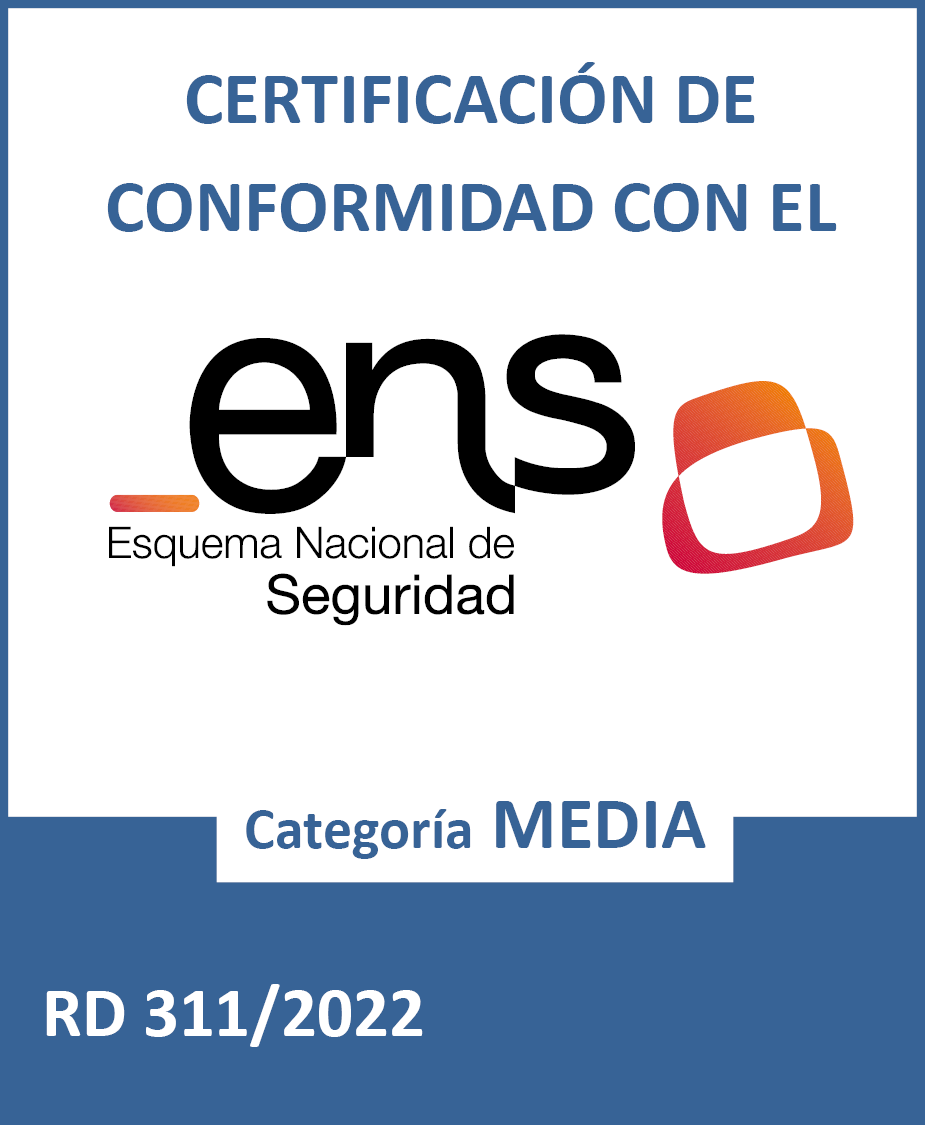The port of Eivissa reduces the consumption of its water supply system by 50%
Saving the equivalent of 26,000 cubic metres of water
Eivissa
06/09/2021- Environment and CSR
- Technology and innovation
During the first half of 2021 the port of Eivissa reduced the consumption of its water supply system by 50% compared with the same period in 2020, saving the equivalent of 26,000 cubic metres of water. These are the first positive results of its RIM (Smart Measurement Network) system, which displays consumption in real time and minimises the losses caused by any potential incidents in the water supply network.
This project forms part of the policy of improving the performance of the drinking water network established by the Balearic Islands Port Authority (APB), which started in 2016 with a pilot project in the port of Palma (Majorca).
The RIM system measures remotely the consumption of water by operating concessions and nautical facilities, together with the supplying of water to ships, among other functions. Once a day the network collects the hourly values from the 61 meters and at the same time classifies the various different meters in terms of their use (APB own consumption, local users, nautical users, industrial users, cruise-ships and irrigation). The information thus provided is extremely useful when taking decisions about operational processes.
Detecting leakages
The aim of current investment is to achieve an efficient management system and to reduce water leakages in the Port of Eivissa’s water supply network. This is accompanied by the constant maintenance of the network, with urgent malfunctions being repaired in under two hours, and non-urgent problems being dealt with within two working days.
In addition, the constant analysis of the network makes it possible to detect anomalies in the meter readings and potential excessive levels of consumption. In many cases, these irregularities are the result of leakages and breakdowns in the transport and distribution network, which are identified, located and repaired (if possible) as quickly as possible.







